Brown Butter is the secret ingredient you need in your baking toolkit. Full of irresistible nutty flavor, it is the easiest and most effective way to elevate any dessert recipe.
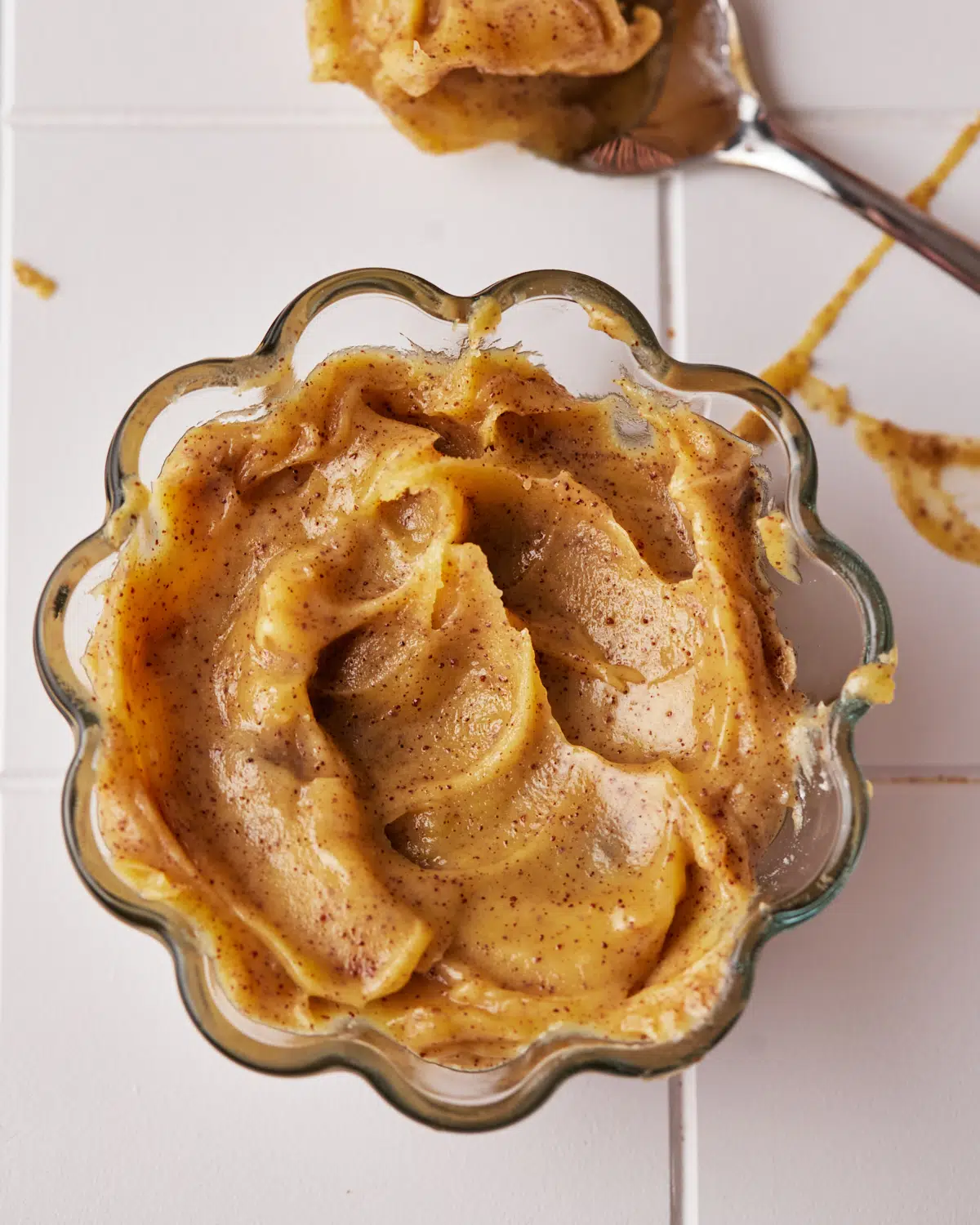
I am convinced there is no better way to take any ordinary recipe and make it spectacular than by browning your butter. It's so quick and easy to just add this one extra step to the start of any recipe, and yet it brings so much additional flavor and depth to the finished goodies. It might seem daunting if you've never browned butter before, but I promise you, after trying it onc,e you'll be asking yourself why you haven't been using this liquid gold for years!
Brown butter has a very distinct aroma and flavor, but most describe it as a kind of caramelized, nutty taste. It's a simple yet super effective upgrade for any baked goods or savory dishes. It's so delicious, even just to spread on toast or a bagel.
Jump to:
- Why You'll Love This Brown Butter Recipe
- What is Brown Butter?
- Ingredients for Brown Butter
- How To Brown Butter
- Tips to Make The Best Brown Butter
- What does brown butter do in baking?
- How to Use Brown Butter
- Brown Butter Science
- How to substitute regular butter for brown butter in a recipe
- Storage
- Browned Butter FAQs
- Brown Butter Recipes
- Recipe
Why You'll Love This Brown Butter Recipe
- Visual and sensory cues at every step for the perfect brown butter.
- Trusted and tested method that delivers a rich, nutty flavor.
- Instantly elevates flavor in cookies, cakes, and all your favorite baked goods.
What is Brown Butter?
Brown butter feels like a secret weapon when it comes to levelling up my baking. And, it's so simple! Brown butter is regular butter that has been gently melted and cooked until the milk solids turn golden brown. This process releases a deep, nutty, and slightly caramel-y flavor to the butter, adding a toasty depth to all of your baking and cooking. See my 'Brown Butter Science' section below for information on how exactly this works.
Ingredients for Brown Butter
It's your lucky day - you'll only need one ingredient for this recipe!

Butter - Just butter. That's the only ingredient! I recommend using unsalted butter, firstly so you can control the salt in whatever you are adding it to, but also because salted butter will burn more easily. When it comes to choosing what type of butter to use, it can be any kind you like. Generally speaking, the best quality butter will produce the best results, but ultimately any butter will brown.
Recommended Equipment
- Light-colored Saucepan or Frying Pan - the light color is to make it easier for you to see the color change of the butter. If you only have dark pans, that's okay - just make sure you are regularly picking up a bit of the butter in a spoon to check the color.
- Wooden spoon
- Heatproof bowl
How To Brown Butter
This brown butter recipe could not be more simple. Just follow this simple step-by-step guide for an easy way to level up your butter game in about 5 minutes.
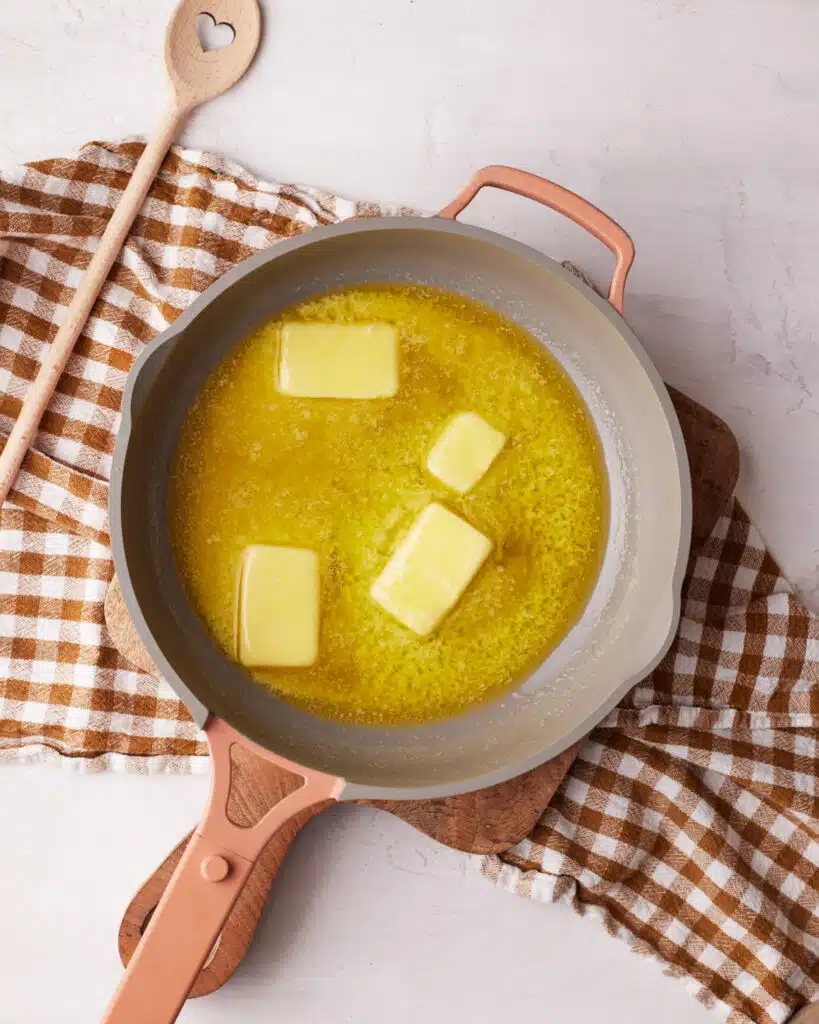
Melt the Butter
Chop the butter into chunks and put it in a frying pan - ideally a shallow, light-colored pan as it will be easiest to monitor the color of the brown butter.
Melt the butter over medium heat, stirring occasionally. It should start to make a crackling sound - this is the water evaporating.

Let it Brown
Once the crackling sound subsides, the browning process starts happening quite quickly. The butter will start to turn a deep golden brown color and a foam will form on top.
Keep stirring gently, and use a wooden spoon to move the foam to the side so you can check on the color. Watch closely as the butter browns to ensure it doesn't burn. Burnt butter has a bitter flavor.

Transfer to Bowl
When the butter is deep amber color and you can smell that gorgeous nutty aroma, it's ready! Remove from the heat and transfer to a heatproof bowl immediately to stop the cooking process.
Scrape the bottom of the pan to include all the little brown bits that gather at the bottom - these are the milk solids which will give your brown butter it's wonderful flavor.
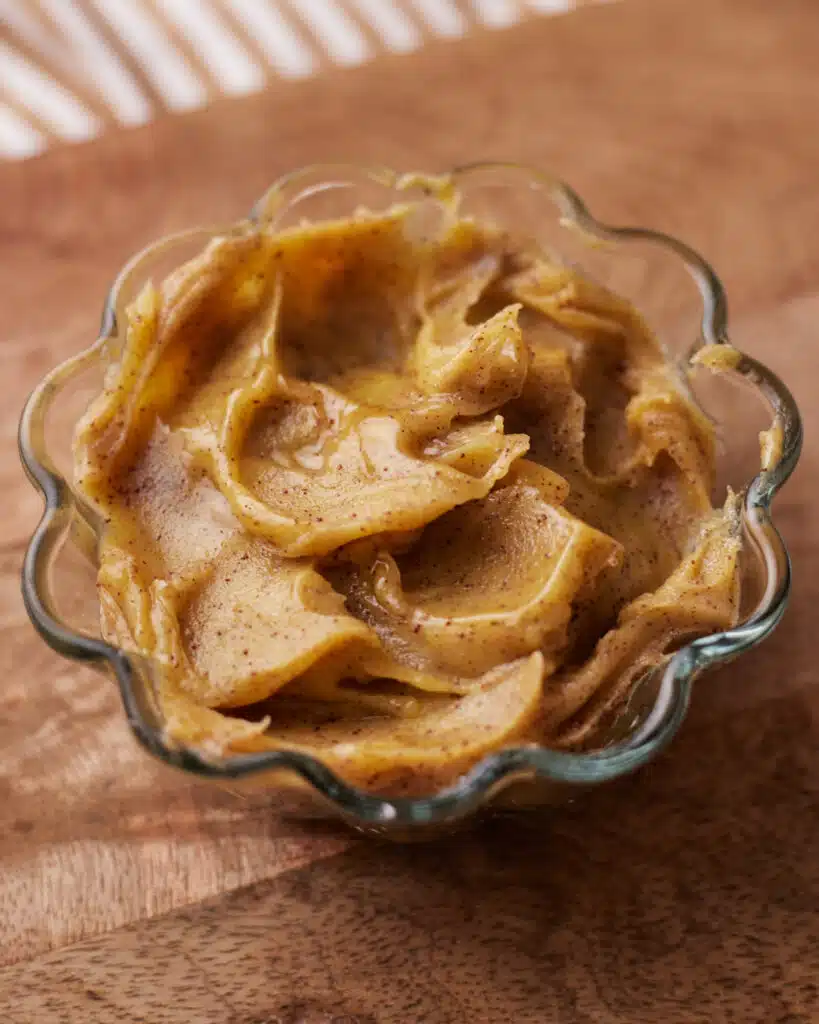
Use or Set
If you are using your browned butter immediately in a recipe that calls for melted butter, use it right away.
If your recipe needs room-temperature butter, let it cool until solid, then mix thoroughly to evenly distribute the brown flecks.
Tips to Make The Best Brown Butter
This recipe is super simple, but its always good to have some handy tips to make it as seamless and tasty as possible!
- Use a light-colored pan - A shallow, light-colored pan is best as it will be easiest to monitor the golden color of the brown butter, which is one of the most important steps. However, you can use any pan, just be more diligent with checking on the color - I find using a teaspoon to check the butter every so often works really well.
- Cut butter evenly - The butter will brown nice and evenly if the slices are all the same size.
- Keep watching - This is the best advice I can give you! Browning butter only takes a few minutes, so you must keep a close eye on it at all times to prevent it from burning. Just keep stirring and just keep watching!
- Remove from heat immediately - Once browned, it's important to pour the butter into a heat-safe bowl immediately to stop the cooking process - it only takes a matter of seconds to burn.
- Scrape the pan - Give the frying pan a good scrape when transferring the freshly browned butter to a bowl to get all of the brown flecks at the bottom - this is where all the rich flavor lives, don't leave it behind!

What does brown butter do in baking?
The main reason for using browned butter is that it adds depth and a more complex flavor to your baked goods. The additional flavor that is gained from just one additional step is well worth the few extra minutes added on to the recipe time.
From a technical perspective, browning the butter does remove about 15% of the moisture content, so you may need to compensate for this in your recipe by adding a tablespoon or two more liquid to compensate. Other than that it can be used the same as regular butter in any recipe.
How to Use Brown Butter
You can use brown butter for SO many things! Here are just a few suggestions for some of the great ways to use this simple technique to bring more deliciousness into your life.
- In Baking- Of course, my number one use for browned butter is in baking recipes. You can use it in any baked goods, from cookies to cakes! I find it goes particularly well with anything with chocolate, nuts, caramel, or coffee - here are a few of my favorite recipes to pair with browned butter:
- In Cooking - Use the French technique of using brown butter in savory dishes. Brown butter sauce with pasta is just divine, and tastes way more complicated than it really is! You can also pour is over meat, vegetables, and potatoes (its super tasty with mashed potato) for a lovely rich finish to your meal.
- As a Topping - Once it's set, spread your brown butter on toast, bagels, or even on Scones or breads.
- In Frosting - One of my favorite ways to use brown butter in buttercream, like my Brown Butter Cream Cheese Frosting. It takes any frosting recipe to a whole new level, plus the little brown specks show through in the frosting and look so pretty and unique. Try pairing with my Banana Cupcakes or Chai Cake!

Brown Butter Science
You're basically conducting your own science experiment when you brown butter!
If you want to get nerdy about it, the flavor of brown butter comes from something called the Maillard reaction, which is the chemical reaction that occurs in foods between the amino acids (the building blocks of proteins) and reducing sugars in the presence of heat (caramelisation).
As the butter melts, it separates into butterfat and milk solids. The water content evaporates, and the milk solids sink to the bottom of the pan. As you continue heating, these solids begin to toast and turn toasty brown, releasing that deep, nutty aroma that brown butter is famous for.
This is what gives you delicious flavors in browned foods like toasted marshmallows, fried dumplings, and a piece of toast!
How to substitute regular butter for brown butter in a recipe
Whether your recipe calls for regular melted butter or room temperature butter, you can swap in browned butter.
- For melted: use the brown butter right away.
- For room temperature: cool and let it solidify, then stir well to redistribute the milk solids.
Because browning removes about 15% of moisture, add 1 tablespoon of extra liquid per cup of butter replaced to keep the recipe balanced.
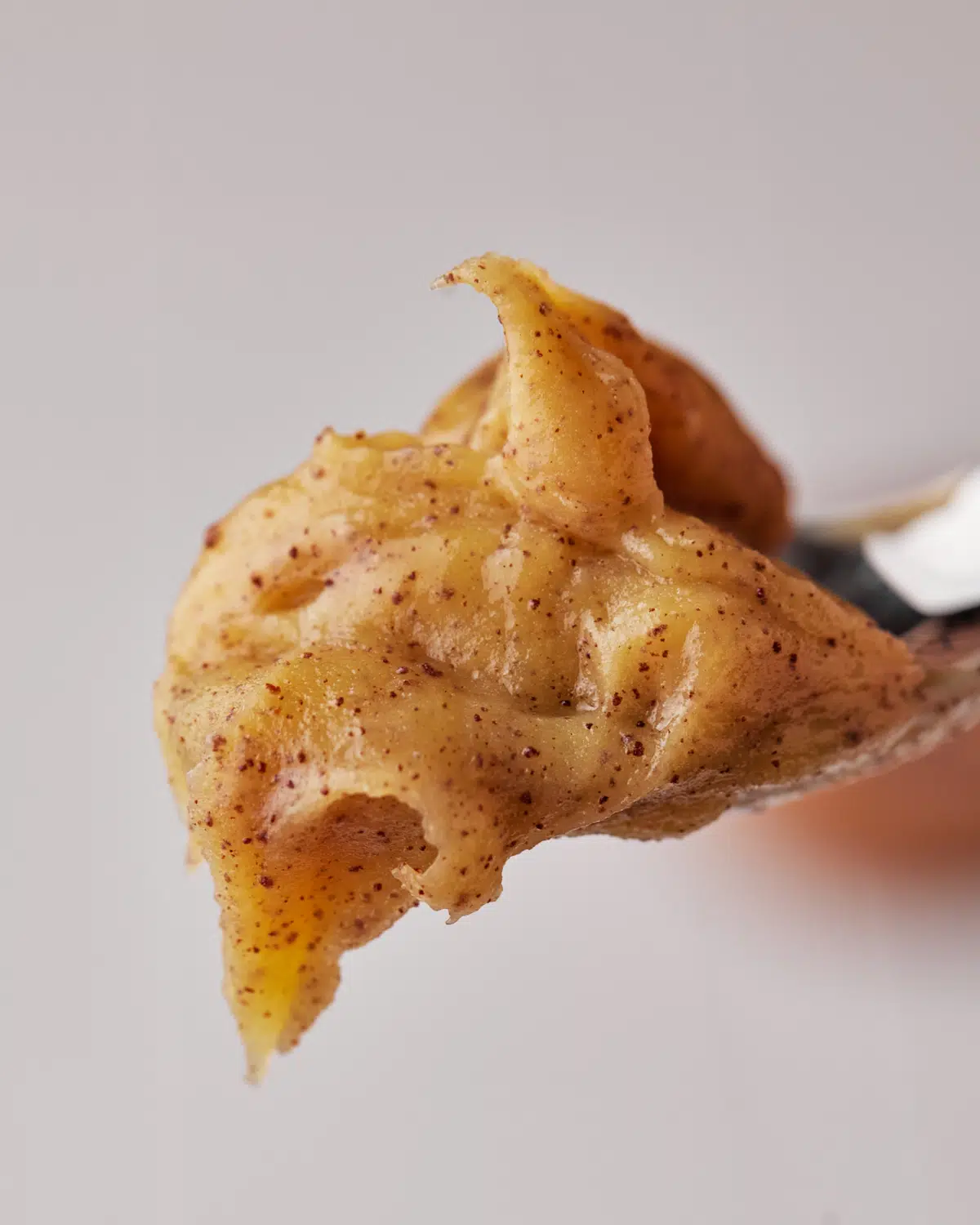
Storage
Store your browned butter in a mason jar or any airtight container and keep it in the fridge. It will be good in the fridge for up to 5 days.
You can also freeze your browned butter. I like to pour it into an ice cube tray and freeze little cubes of brown butter to throw into a hot pan when cooking, and add a little flavor boost. Just make sure you disperse those brown butter solids well before dividing up the butter.
Browned Butter FAQs
Brown butter originates from France, it's a very old technique used in traditional French cuisine. In France, browned butter is referred to as beurre noisette which literally translates to hazelnut butter - named for its rich, nutty aroma. Originally used in savory recipes, it's now popular in both savory and sweet dishes around the world.
About 5-8 minutes, depending on the amount of butter you are browning and the temperature of your stovetop.
You can brown as much butter as you like at a time! Follow the recipe and compensate with 1 tablespoon extra liquid per cup of browned butter.
Brown Butter Recipes
Try your new favorite type of butter in some of these recipes!
Recipe

Brown Butter Recipe
Ingredients
- 2 sticks Unsalted Butter 227g
Instructions
- Cut the butter into small pieces and place it into a light-colored pan over medium heat.2 sticks Unsalted Butter
- Melt the butter, stirring occasionally. Once melted, it will start to bubble and make a crackling sound - this is the sound of the water evaporating from the butter.
- Once the crackling subsides, the color will start to change quite quickly, it will go a golden brown color - keep watching it and stirring gently until it is a deep golden brown and you can smell the delicious nutty aroma.
- Remove from the heat and transfer to a heatproof bowl immediately, make sure you scrape the bottom of the pan to get all the little brown specks out - these are the milk solids and they are what add all the flavor to the brown butter.
- If you are using it in a recipe that calls for melted butter, you can use the brown butter immediately. If you need room-temperature butter, let it sit on the counter until it solidifies again. Give it a thorough mix once it is solid to disperse all the brown flecks of milk solids evenly throughout the butter.

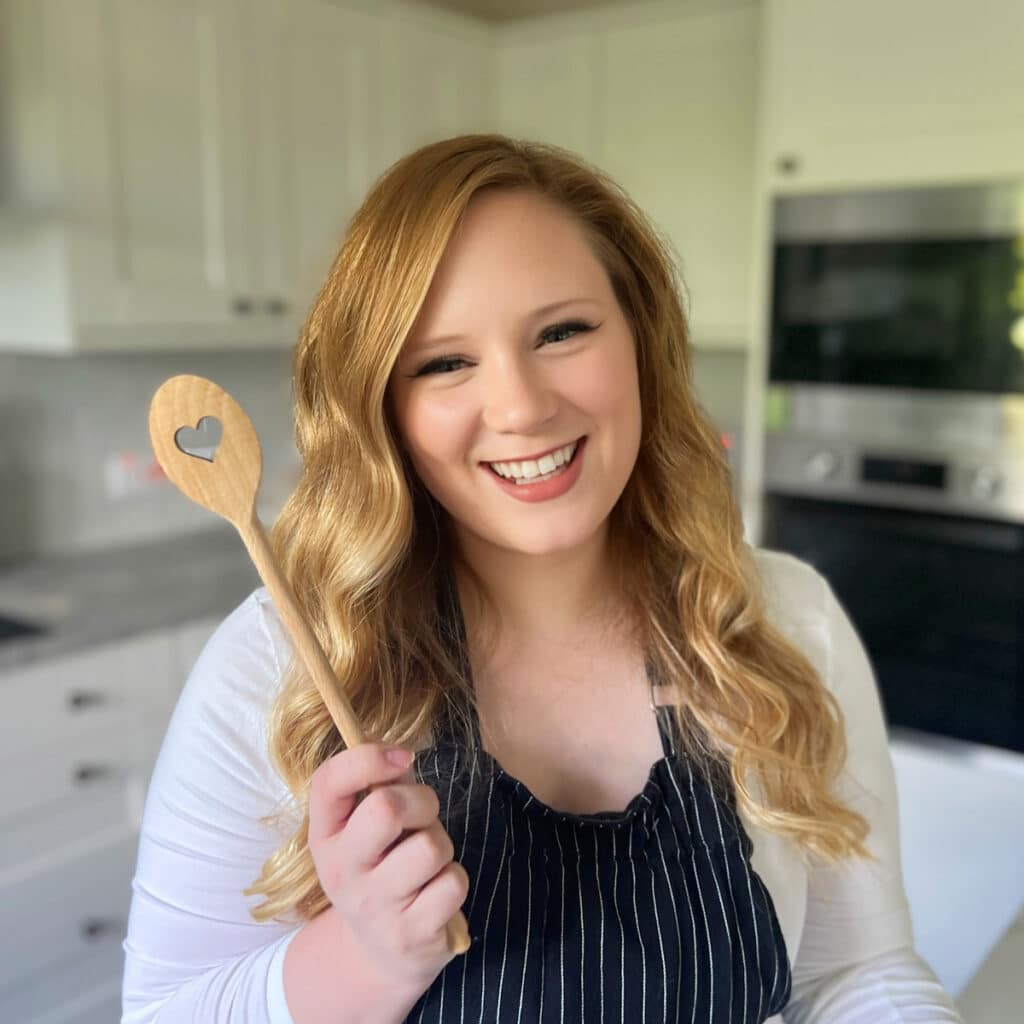
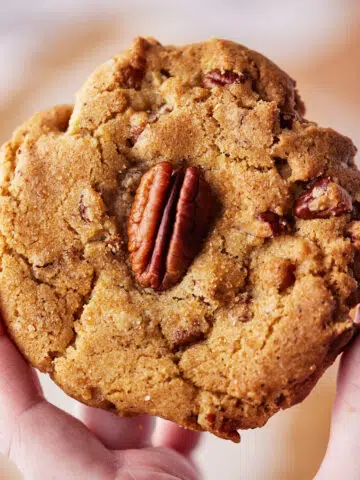
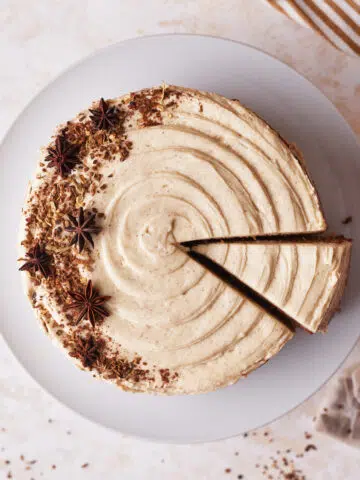
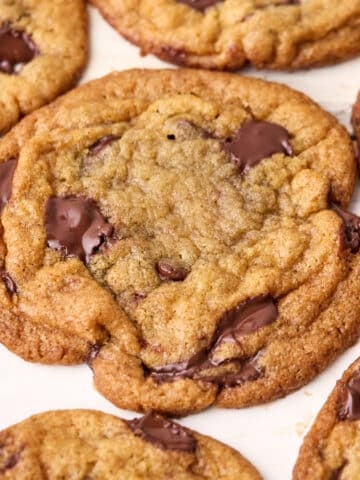
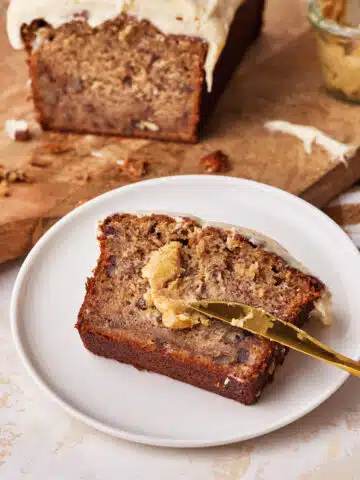
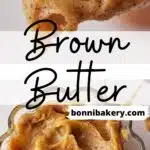
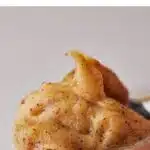
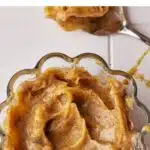
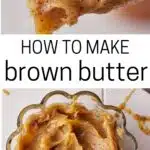
Fenyw
I love these recipes and that i can have them emailed to me. What i would really love is to have some kind of printable version that is achievable. (When i tried to print, the recipe was 28 pages long! I know i can chose which pages i want, but the recipe id so fragmented and as i use my phone for this the script is too small to attempt to deselect the page from printing)
Jules Grasekamp
Hi Fenyw,
Thank you for your comment - I'm so glad you enjoy the recipes!
If you scroll down to the recipe card at the bottom of any post and click the 'Print' button from there, it will generate a consolidated printable recipe card for you to print easily.
Hope this helps!
Jules
Fenyw
Hi Jules,
Thank you for the information, im an oldie, and just couldnt fathom out how to do this 🙄 I knew there'd be a way to do it - i just couldn't find it. Thank you so much, im going to go and try to print out a few of these delicious recipes 😬
Claudia
Hi Jules! I made brown butter for the first time following your recipe. It was easy, and I couldn't believe how much of a difference it made. I mixed it with mascarpone, inulin powder, vanilla, and one tablespoon of maple syrup to make a sugar-free frosting for my GF chai cake. It was out of this world good! Thank you, I love your website.
Jules Grasekamp
Hello again!
I agree, browning the butter is such a quick extra step but makes a world of difference - so happy you enjoyed it 🙂
Jules